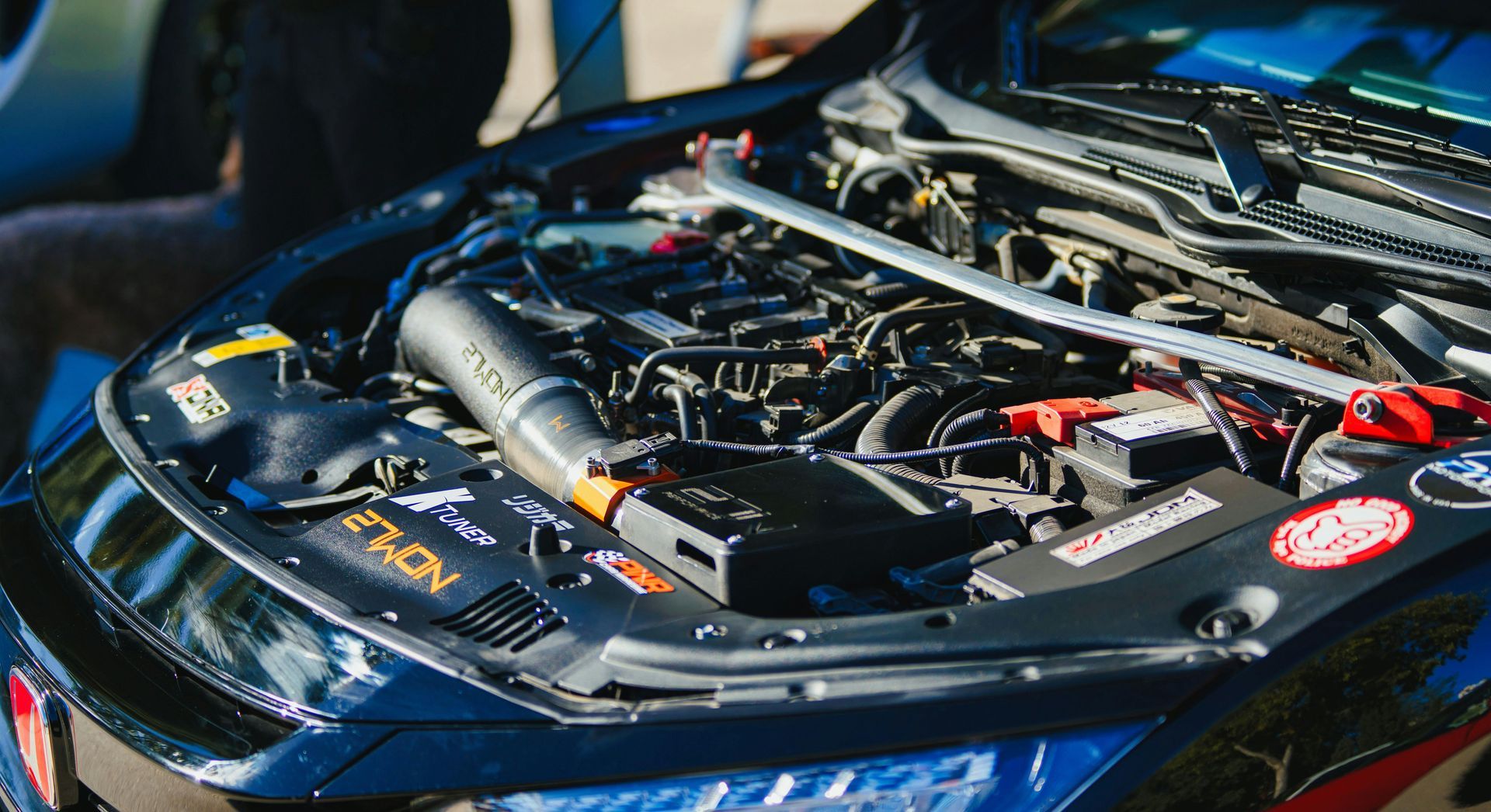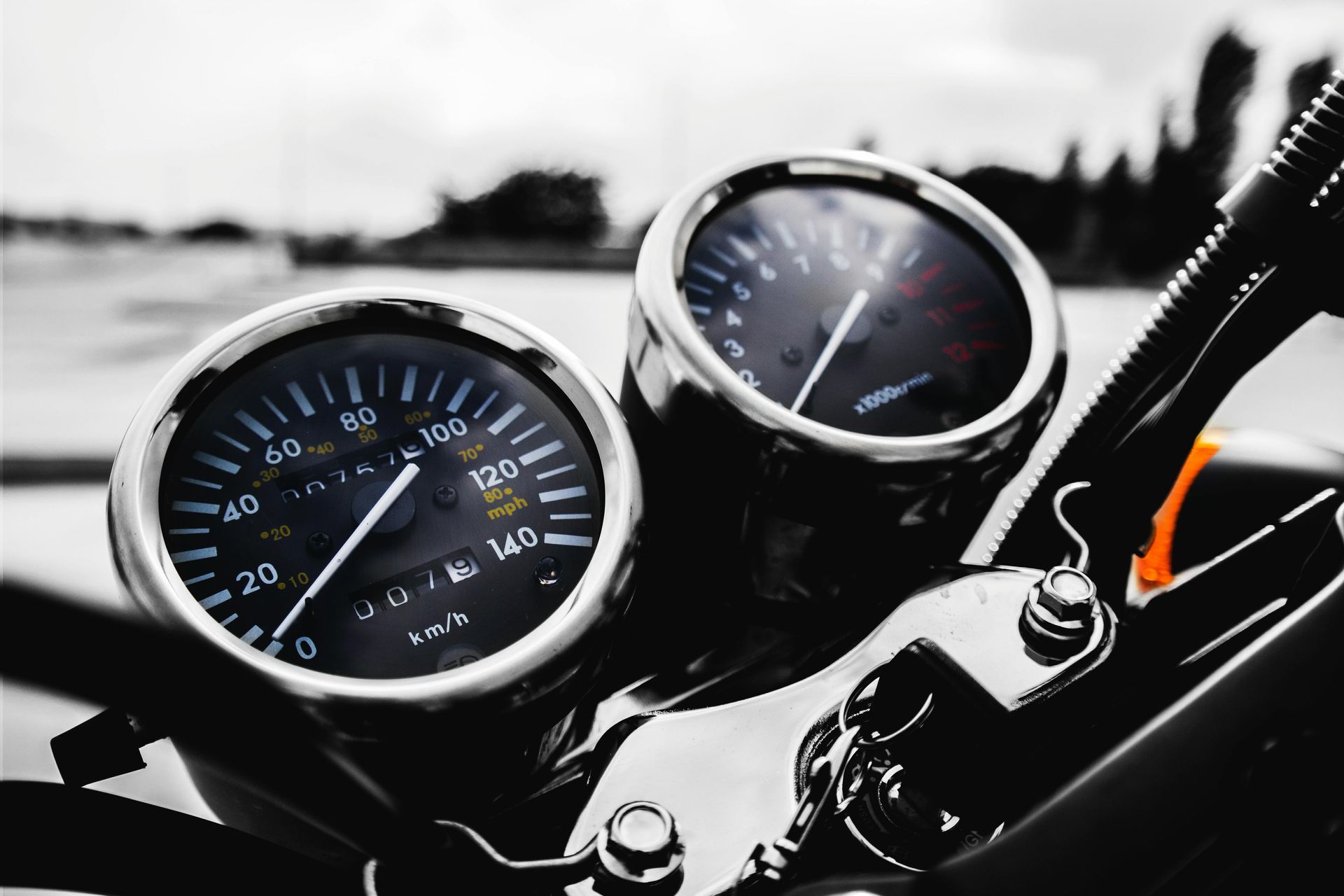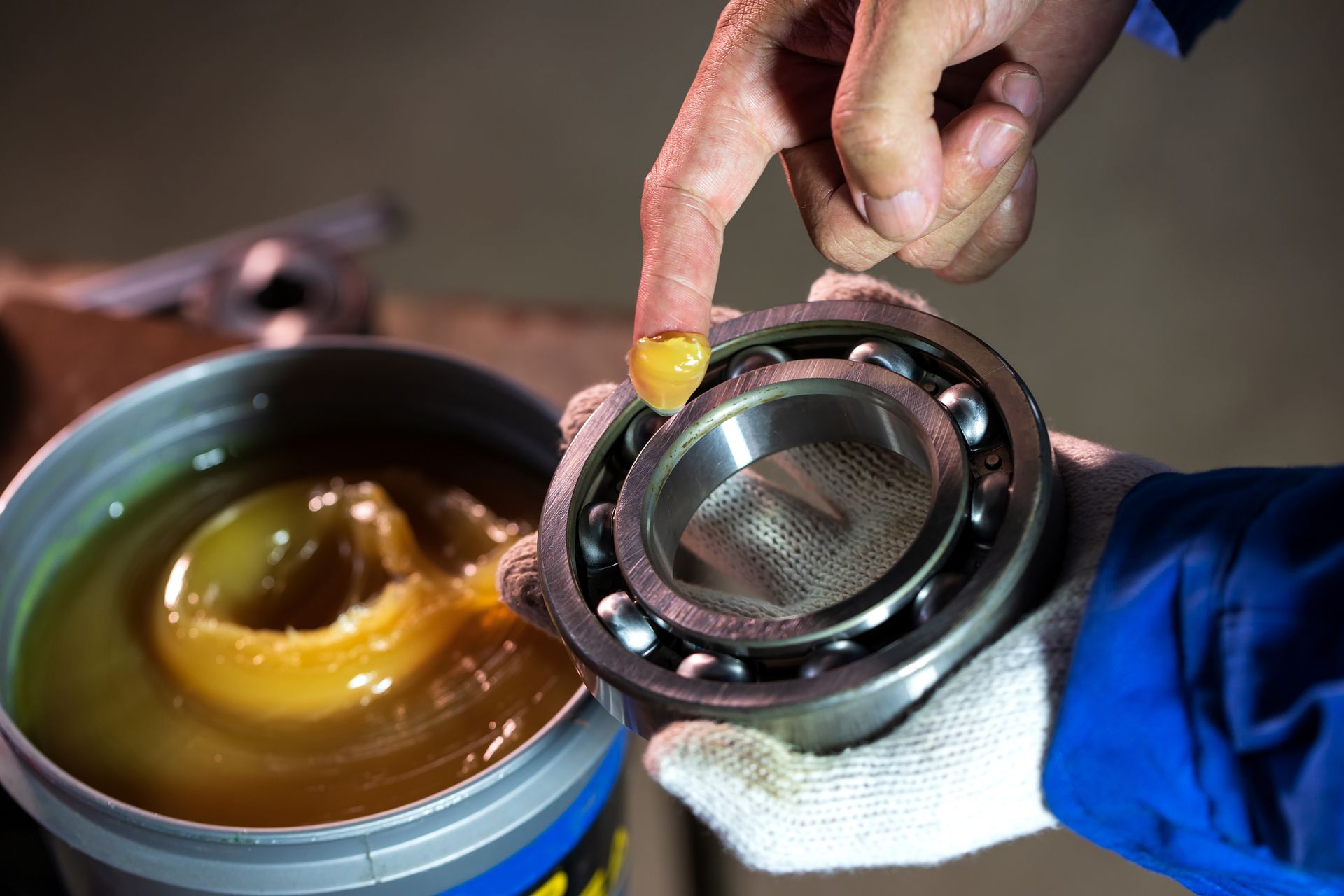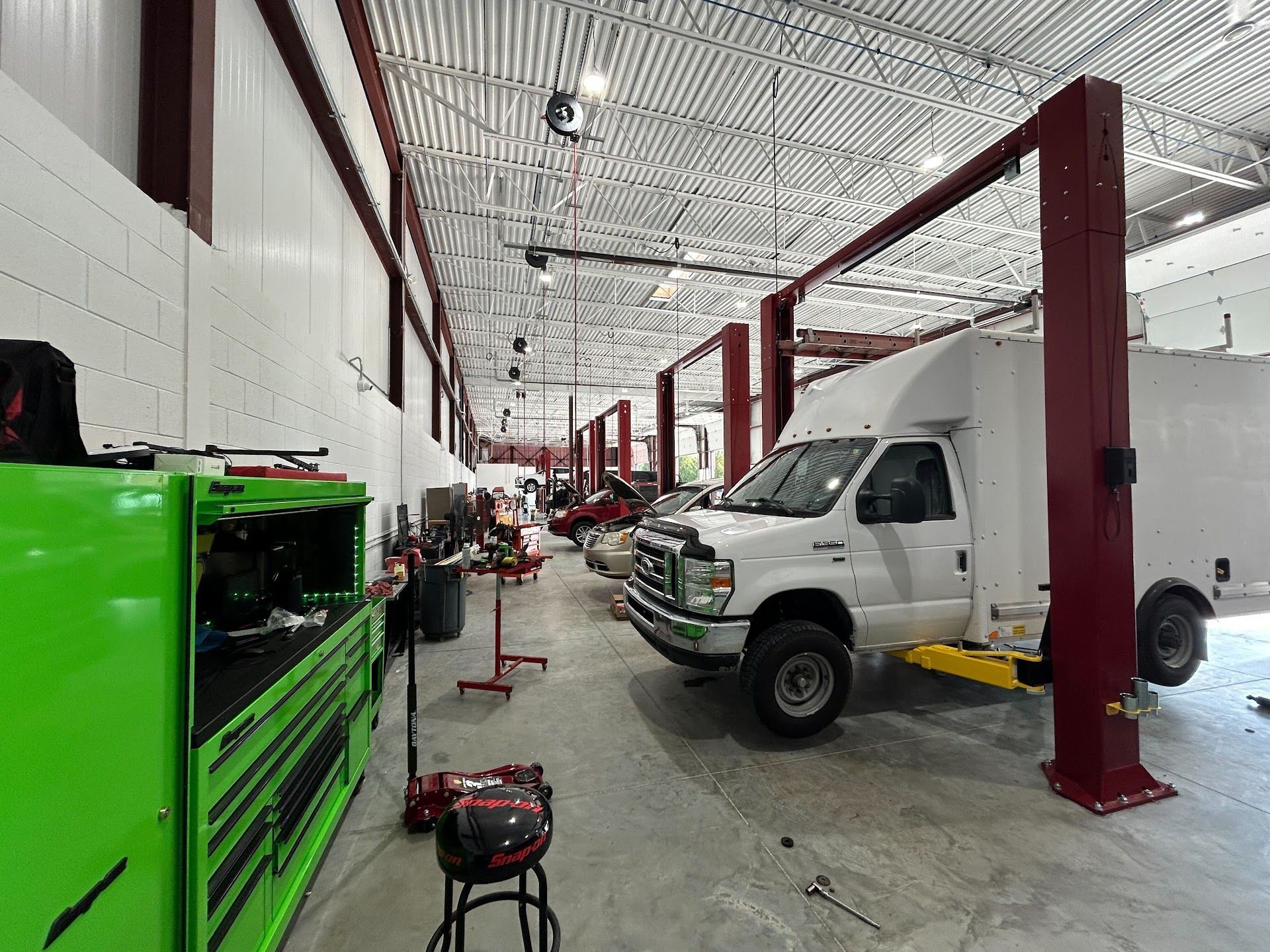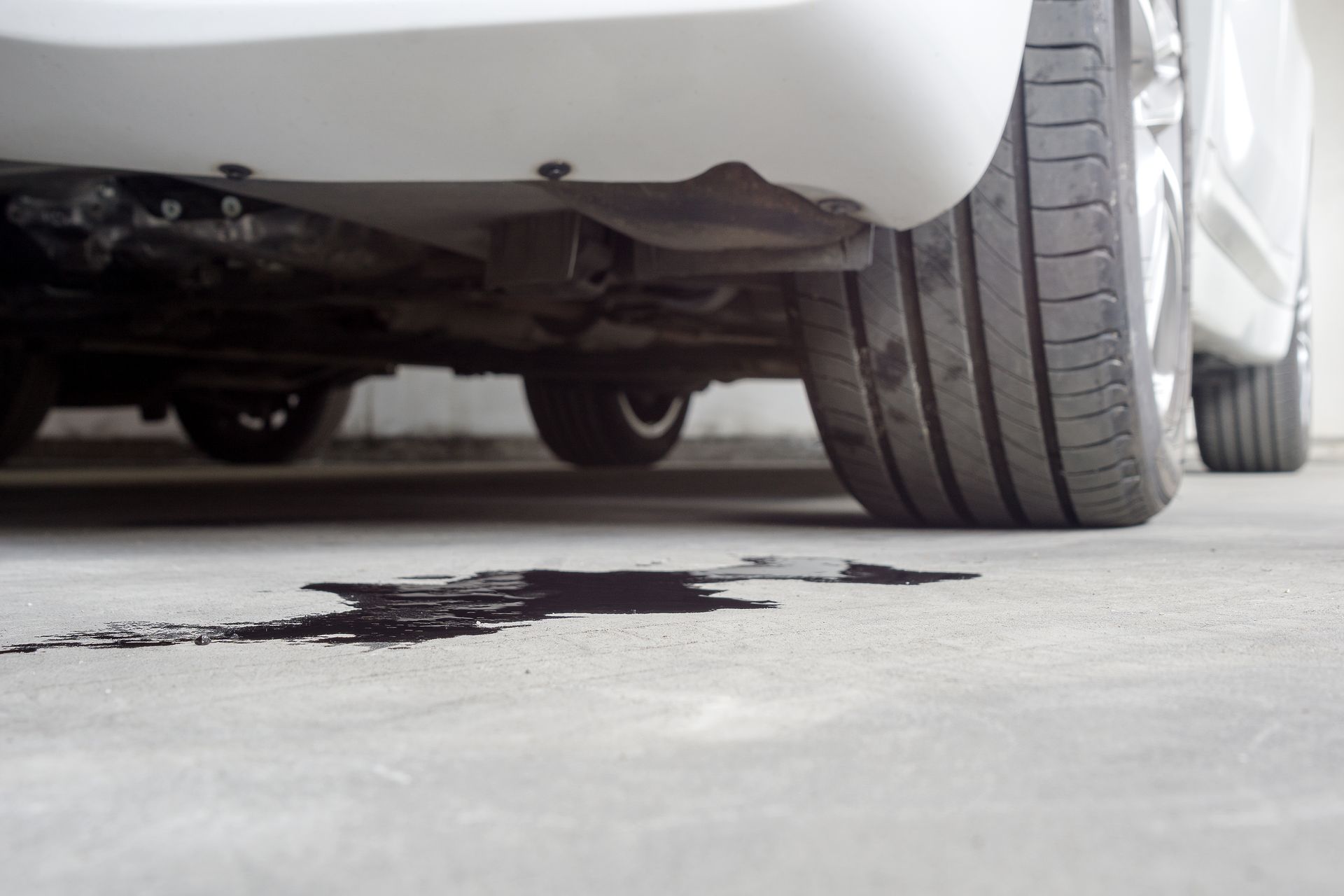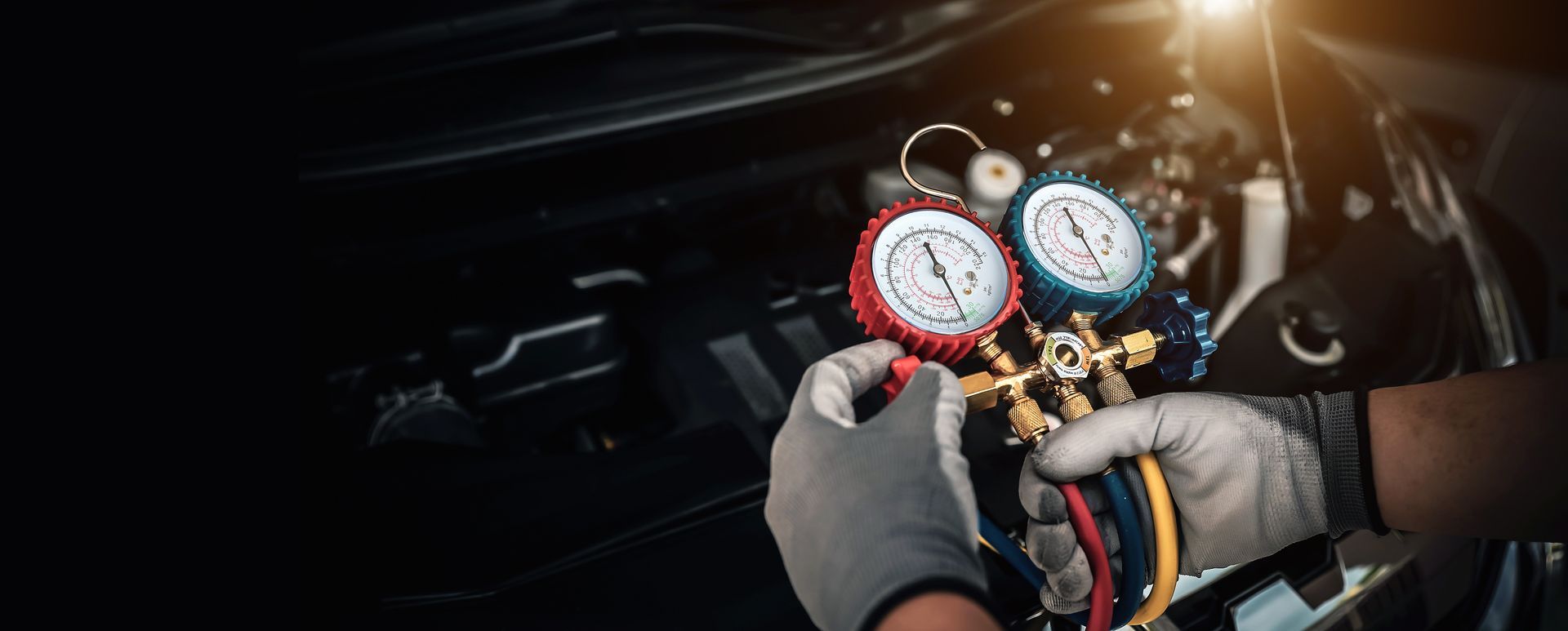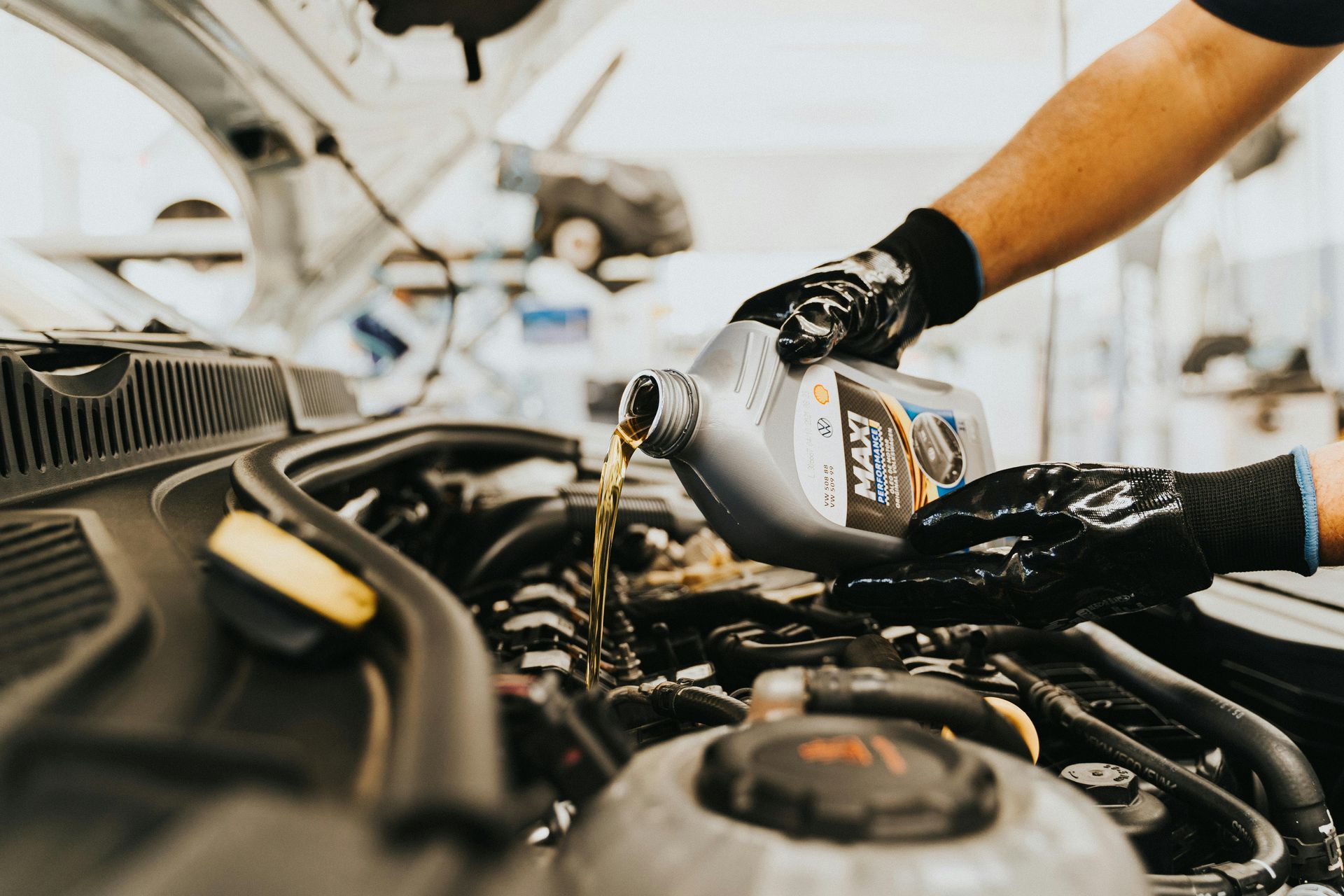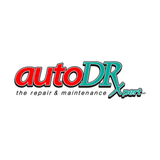How To Prevent Exhaust System Damage From Road Salt and Winter Weather
If you've ever driven through a Michigan winter, you know the roads can be brutal on your vehicle. Between the salt trucks making their rounds through, the temperature swings from lake-effect weather, and the constant freeze-thaw cycles we experience here in St. Clair and Macomb Counties, your exhaust system takes a beating that drivers in warmer climates simply don't face.
At Auto DR, we've spent over a decade helping families throughout our communities protect their vehicles from Michigan's harsh conditions. We’ve seen time and again how a little preventive care can mean the difference between an exhaust system lasting 8 years versus needing replacement in 4. Road salt and winter weather are silently working against your vehicle's exhaust system every single day from November through April.
Let's talk about protecting one of your vehicle's most vulnerable systems, and how a few simple strategies can save you from expensive repairs down the road.
Why Michigan Is Uniquely Hard on Exhaust Systems
Your exhaust system wasn't designed with Michigan winters in mind. Most vehicles are engineered for moderate climates, which means the combination of road salt, temperature extremes, and moisture exposure we get here creates the perfect storm for accelerated corrosion and component failure.
Road salt is your exhaust system's biggest enemy. When salt trucks treat our roads during winter storms, that chemical mixture doesn't just melt ice—it actively promotes rust formation on any metal it contacts. Your exhaust system runs along the underside of your vehicle, directly in the path of salt spray kicked up by your tires and other vehicles. Every trip to the grocery store in or commuting down Hall Road or I-94 to work means your exhaust components are being coated with corrosive materials.
The damage happens faster than most people realize. Salt creates an electrochemical reaction with the steel and alloys in your exhaust pipes, muffler, and catalytic converter. Add moisture from snow melt, rain, and humidity—especially if you live near Lake St. Clair or the St. Clair River—and you've created an environment where rust never stops forming. Those small surface rust spots you might notice? They're already eating through the metal from the inside out.
Temperature swings accelerate the deterioration. Michigan weather doesn't just stay cold all winter—we get dramatic temperature fluctuations that stress exhaust system components in ways that steady cold weather doesn't. Drop to 10 degrees overnight, then climb to 40 degrees by afternoon, and the metal in your exhaust system expands and contracts repeatedly. This thermal cycling weakens welds, loosens connections, and creates microcracks that allow moisture and salt to penetrate deeper into the metal structure.
For families who use their vehicles for boat towing to marinas in Algonac, Harrison Township, New Baltimore, and Port Huron during the warmer months, your exhaust system faces additional stress. Towing creates higher exhaust temperatures and increased backpressure, which means any weaknesses created by winter damage become more problematic when you're hauling your boat for that first spring launch.
How Exhaust Damage Actually Develops
Exhaust system failure doesn't happen overnight—it develops through a predictable pattern that begins the moment salt contacts your exhaust components.
The corrosion process starts on the surface but works inward. Salt contacts your exhaust pipes or muffler and immediately begins breaking down the protective oxide layer that normally slows rust formation. Once that barrier is compromised, oxygen and moisture can reach the base metal, where oxidation creates iron oxide—rust. This rust layer is porous and actually holds moisture against the metal, which accelerates further corrosion in a self-reinforcing cycle.
The process happens faster in areas where exhaust components are already stressed. Welds, seams, and connection points are vulnerable because they often have thinner protective coatings and experience more thermal stress during normal operation. You'll typically see the first signs of failure at muffler seams, where the tailpipe connects to the muffler, and along the exhaust pipes where they're exposed to the highest concentration of road spray.
Moisture buildup creates internal damage you can't see. Short trips during winter months are hard on exhaust systems because the components never fully heat up. Your exhaust system doesn't reach full operating temperature, so condensation from combustion byproducts doesn't evaporate. Instead, it pools inside your muffler and exhaust pipes.
Practical Prevention Strategies That Actually Work
Protecting your exhaust system from Michigan's harsh conditions doesn't require expensive modifications or complicated procedures—just consistent attention to a few key practices that interrupt the damage cycle before serious deterioration occurs.
Regular undercarriage washing makes the biggest difference. Wash the salt off your vehicle's underside regularly throughout winter. Many drivers focus on keeping their paint clean but ignore the undercarriage where exhaust components live. During active winter months when roads are being treated regularly, running your vehicle through a car wash with undercarriage spray every two weeks removes accumulated salt before it can cause significant damage.
Timing matters. The most critical time to wash your vehicle is during those mid-winter thaws when temperatures rise above freezing. These warm spells activate the salt and accelerate corrosion, so washing during these periods provides maximum protection. After a major storm when salt trucks have been working overtime on the roads around, an undercarriage wash within a few days prevents the heaviest salt accumulation from setting in.
Avoid short trips when possible, especially in cold weather. Look, we get it—life happens, and sometimes you need to make a quick run to the store. But your exhaust system needs to reach approximately 200 degrees Fahrenheit to burn off internal moisture and condensation. A five-minute trip to pick up milk doesn't give the system enough time to fully heat up, which means moisture accumulates inside your muffler and pipes. Combine errands into longer trips that allow your exhaust system to reach full operating temperature and dry out internally.
Annual professional inspections catch problems while they're still manageable. Even with diligent preventive care, Michigan driving conditions will eventually cause some exhaust system wear. The difference between a minor repair and a complete exhaust system replacement often comes down to catching problems early. Our technicians at Auto DR recommend having your exhaust system professionally inspected at least once per year—ideally in late fall before winter salt season begins, or in early spring to assess any damage from the winter months.
During these inspections, we look for early warning signs that aren't visible to vehicle owners: surface rust that's beginning to penetrate deeper, weakening welds, loosening connections, and internal moisture accumulation. Addressing these issues while they're still minor—replacing a section of pipe or resealing a connection—costs far less than waiting until you're facing a complete muffler replacement or major exhaust system failure. Our comprehensive diagnostic approach examines both the visible external components and uses advanced testing to assess internal condition, giving you a complete picture of your exhaust system health.
Special Considerations for Waterfront Drivers
Living near Michigan's beautiful waterways in St. Clair County comes with unique transportation challenges that inland drivers don't face. If you're among the families who call the waterfront communities of Algonac, Fair Haven, or Harsens Island home—or if you regularly visit marinas for boating and recreation—your exhaust system faces environmental stresses beyond typical road salt exposure.
The impact becomes noticeable during spring and summer when higher humidity levels increase the rate of corrosion. If you've noticed that exhaust systems on waterfront vehicles seem to fail sooner than those belonging to friends who live inland, you're not imagining it. The data from our service bay confirms that waterfront vehicles typically show more advanced corrosion at any given age compared to similar vehicles from communities further from the water.
Boat towing adds performance stress to environmental damage. Many of our waterfront neighbors use their vehicles for seasonal boat towing, which creates additional demands on exhaust systems that are already compromised by salt exposure. Towing generates higher exhaust gas temperatures and increased backpressure as your engine works harder to move the combined weight of your vehicle and boat.
Smart waterfront drivers schedule their annual exhaust inspection in early spring—before the boating season begins—to identify any winter damage before adding towing stress to the equation. This timing allows you to address minor repairs while they're still manageable, rather than discovering exhaust problems when you're trying to launch your boat on opening weekend.
Your Seasonal Maintenance Calendar
Protecting your exhaust system effectively means timing your preventive care around Michigan's seasonal changes. Think of it as a maintenance rhythm that addresses threats as they emerge rather than reacting after damage occurs.
Late Fall Preparation (October - November)
This time sets the foundation for winter protection. This is your opportunity to address any existing damage before salt season begins. Schedule a professional exhaust inspection to identify any rust, weakening connections, or developing leaks that could accelerate during winter months. Minor repairs completed in fall prevent those small issues from becoming major failures when winter stress hits hardest. This timing also allows you to apply protective coatings or treatments while temperatures are still moderate enough for proper application and curing.
Active Winter Maintenance (December - March)
Focus on regular salt removal and monitoring. During these months, commit to undercarriage washing every two to three weeks—more frequently during periods of heavy salt truck activity or after major winter storms. Pay attention to any changes in your vehicle's sound or smell, especially on cold morning starts when exhaust leaks become most noticeable. Winter is when exhaust damage progresses fastest, and early intervention prevents problems from compounding.
Spring Assessment (April - May)
Now you’ll see what the winter conditions actually did to your exhaust system. Schedule a thorough post-winter inspection to evaluate any corrosion that developed, assess connection integrity after months of thermal cycling, and verify that your exhaust system is ready for summer driving demands. For boat owners preparing for boating season, this inspection is important—you want to know your exhaust system is sound before adding towing stress to whatever winter wear occurred.
Summer and Early Fall Monitoring (June - September)
This time represents your lowest-risk period for exhaust damage, but it's not a time to ignore your exhaust system entirely. Higher summer driving volumes and heat create different stresses, especially for vehicles used for towing or extended road trips. Use this period to address any issues identified during your spring assessment and to prepare for the next winter cycle. Light surface rust that developed during winter can be treated during these months before it penetrates deeper into exhaust components.
What We See in Our Service Bays
After nearly two decades working on vehicles throughout southeastern Michigan, our Master Technician Dustin Rutkowski has developed a deep understanding of how regional driving conditions affect exhaust system longevity. The patterns we see in our service bays tell a consistent story about the relationship between preventive care and exhaust system lifespan.
Vehicles that receive regular undercarriage washing consistently outlast those that don't. The difference isn't subtle—we regularly see well-maintained vehicles with exhaust systems still functioning properly at 10-12 years and 100,000+ miles, while neglected vehicles from the same model years often need major exhaust work at 5-6 years and 50,000 miles. The determining factor isn't driving style or vehicle quality—it's whether the owner consistently removed salt accumulation throughout winter months. This simple maintenance habit literally doubles exhaust system lifespan for Michigan drivers.
Waterfront vehicles show a distinctive corrosion pattern that's different from inland vehicles. The rust on waterfront community vehicles tends to be more uniform and extensive—covering larger areas of exhaust components rather than concentrating at specific stress points. This pattern tells us the damage comes from more than just road salt, and it helps us tailor our preventive recommendations based on where a vehicle is primarily kept. Waterfront families who take additional protective measures—regular washing, covered parking when possible, and more frequent inspections—can largely offset the accelerated wear from living on the water.
Why Prevention Pays Off
An exhaust system replacement for a typical family vehicle can be expensive, depending on the components that need replacement and your vehicle's specifications. The preventive measures we've discussed—regular washing, strategic parking, annual inspections—cost a fraction of that amount spread across years of vehicle ownership.
A well-maintained exhaust system also protects your engine, improves fuel efficiency, and ensures your family isn't exposed to dangerous carbon monoxide leaks. These safety and performance benefits don't show up on a repair invoice, but they affect your daily driving experience and long-term vehicle reliability.
Regardless of your vehicle's current age or condition, implementing preventive care strategies today extends whatever service life remains in your exhaust components. Even if some damage has already occurred, slowing its progression through consistent preventive maintenance means you'll get more years of reliable service before replacement becomes necessary.
We're Here To Help Protect Your Car
At Auto DR, we've built our reputation for over a decade by helping families throughout St. Clair and Macomb Counties understand their vehicles and make informed decisions about maintenance and repairs. Our family-owned approach means we're not trying to sell you services you don't need—we're invested in building long-term relationships with neighbors who trust us with their transportation needs year after year.
Our ASE-certified technicians combine technical expertise with genuine commitment to transparent communication. When you bring your car in for an inspection, we'll show you exactly what we're seeing, explain what it means for your vehicle's safety and performance, and help you understand your options. Whether that means confirming that your preventive care is working and your exhaust system looks great, or identifying developing issues that make sense to address now, you'll leave with a clear understanding of your vehicle's condition and a plan that fits your situation.
We back our exhaust services with our industry-leading 36-month/36,000-mile warranty because we're confident in both the quality of our work and the parts we install. This warranty coverage—significantly longer than typical repair shop guarantees—reflects our commitment to standing behind the services we provide and ensuring you receive lasting value from every repair we perform.
If you're ready to have your exhaust system professionally evaluated, or if you'd like to discuss preventive strategies specific to your vehicle and driving patterns, our team is here to help. We serve families throughout New Baltimore, Chesterfield, Macomb, Fair Haven, Harsens Island, Richmond, and all the surrounding communities—treating every customer like the neighbors you are, with the respect and attention your vehicle deserves.
Protecting your exhaust system from Michigan's winter conditions doesn't require complicated procedures or expensive modifications—just consistent attention to proven preventive practices and partnering with automotive professionals who understand regional driving challenges. The small investment in regular maintenance today prevents the larger expense and inconvenience of premature exhaust system failure tomorrow. Let's work together to keep your vehicle running safely and reliably for years to come.



